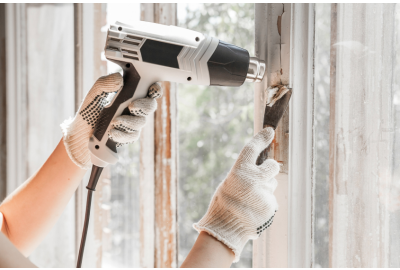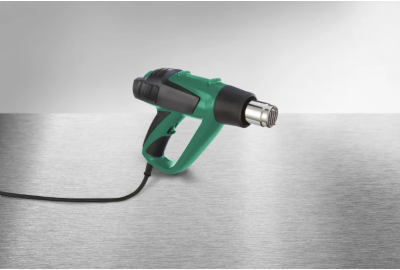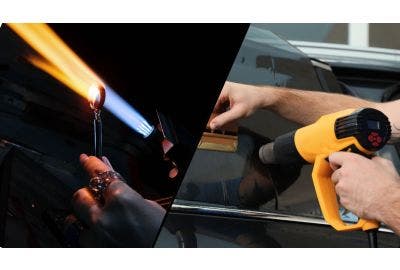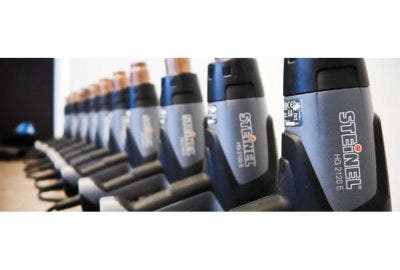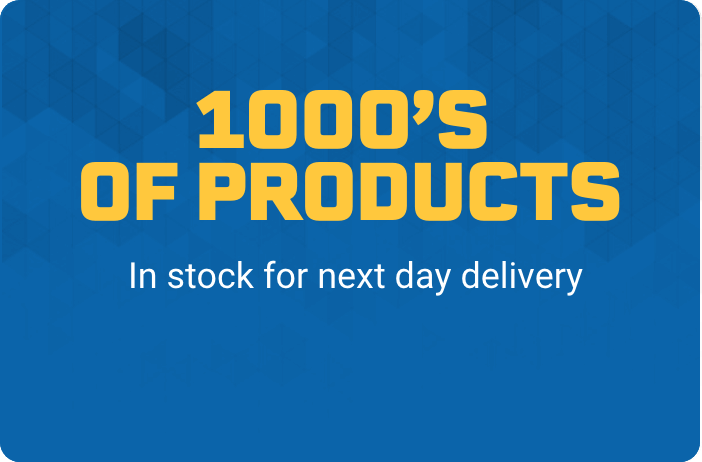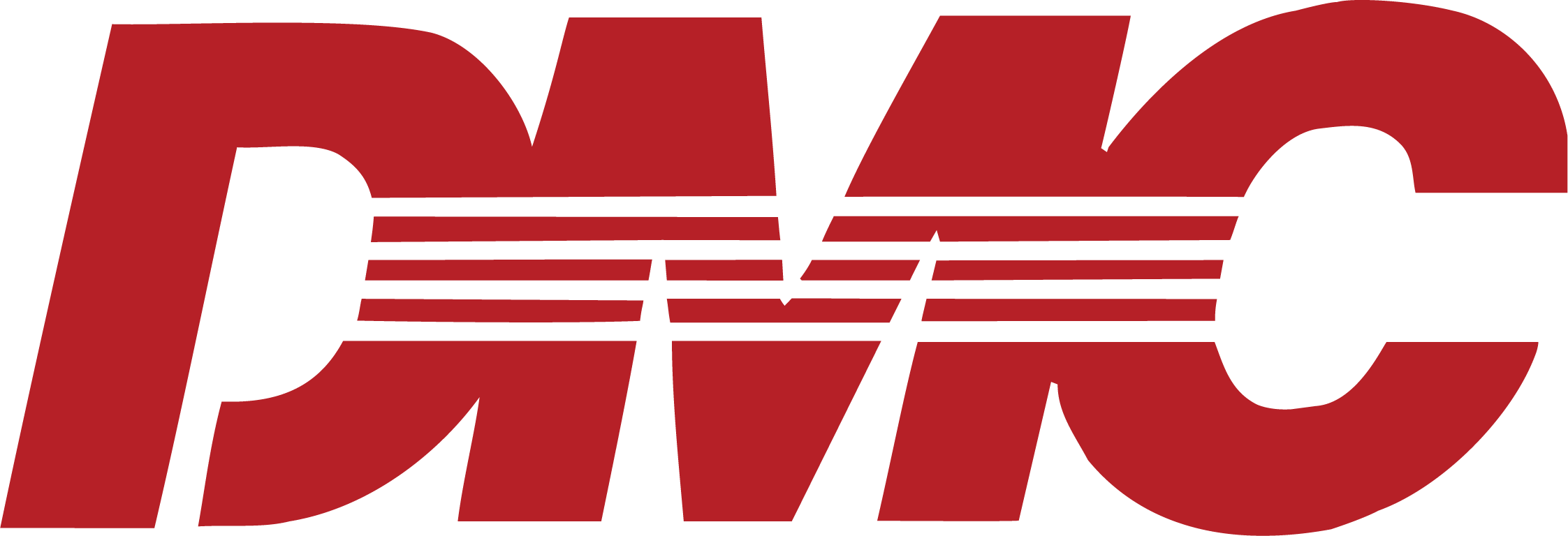Heat gun nozzles are essential attachments that shape and direct the heat flow from your tool, making them useful for a wide variety of tasks.
Whether you're a professional tradesperson or a DIY enthusiast, using the right heat gun nozzles can dramatically improve the effectiveness of your heat gun. The correct nozzle not only provides better precision but also helps protect surfaces and materials during the process.
In this article, we’ll take you through the different heat gun nozzle types, their uses, and how to maintain them for the best performance. By the end, you’ll be equipped with the knowledge to choose the right nozzle for any project.
Types of Heat Gun Nozzles
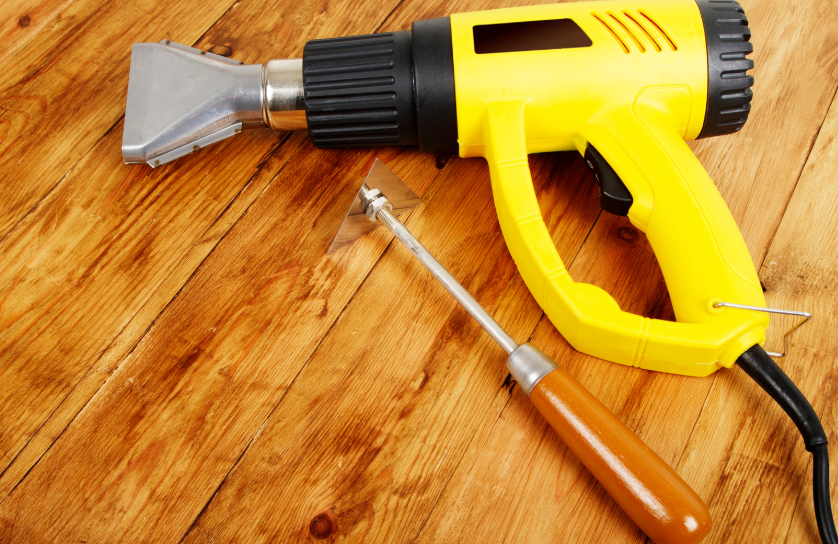
When it comes to heat gun nozzles, there are several types designed for specific tasks. Choosing the right one depends on the job at hand and the level of precision or heat distribution required. Below is an overview of the most common heat gun nozzle types:
Reflector Nozzles
Reflector nozzles are designed to distribute heat evenly around a surface, making them ideal for tasks like bending pipes or shrinking heat-shrink tubing. The curved design of these nozzles means that heat is applied evenly, which is used when working with materials that need consistent temperature exposure.
Concentrator Nozzles
If you need to focus heat on a small, precise area, a concentrator nozzle is your best option. These nozzles are particularly useful for tasks like paint stripping, where controlled heat application is essential to avoid damaging the underlying material.
Glass Protection Nozzles
When working near glass or other delicate surfaces, a glass protection nozzle is invaluable. These nozzles help direct heat away from sensitive areas, reducing the risk of cracking or other damage while still allowing you to heat adjacent materials.
Flat Nozzles
Flat nozzles spread heat over a wider area, making them perfect for tasks such as drying surfaces or removing adhesives. Their design allows for even heat distribution across large surfaces, helping to speed up processes that require broader heat coverage.
Other Specialised Nozzles
In addition to the more common nozzle types, there are several specialised nozzles designed for very specific tasks. These include nozzles for soldering, thawing pipes, or even removing paint from intricate or hard-to-reach areas.
Choosing the Right Nozzle for Your Project
Selecting the correct heat gun nozzle for your project is useful for achieving the desired results efficiently and safely. The choice often depends on the material you're working with and the specific task at hand.
Firstly, consider the material you're working on—whether it’s plastic, metal, or glass. For example, a glass protection nozzle is best when working near delicate surfaces, while a concentrator nozzle is ideal for more detailed tasks like removing paint from wood.
Next, think about the desired outcome. Are you aiming for precision or broader coverage? A concentrator nozzle provides focused heat for tasks that require accuracy, such as softening adhesives in tight spots. On the other hand, if you're drying or stripping paint over a large surface, a flat nozzle provides an even spread of heat.
Temperature control also plays a key role in nozzle selection. Different tasks require different heat intensities, and some nozzles are better suited to high or low-heat applications. Reflector nozzles, for example, work well when you need to maintain a steady temperature around a surface, such as when bending pipes.
It's also worth experimenting with different nozzles on scrap materials before starting your project. This helps you to achieve the best possible results without causing unintended damage to your workpiece.
Common Applications and Suitable Nozzles

Here’s a look at some common tasks involving heat guns and the nozzles that are best suited for each:
Paint Stripping
When stripping paint, a concentrator nozzle is the most effective as it focuses the heat in a small area, allowing for more control and reducing the risk of overheating or damaging the underlying surface.
Shrink Wrapping
For shrink wrapping, a flat nozzle is ideal as it distributes heat evenly over a wider area, ensuring consistent shrinkage of the material for a neat finish.
Bending Pipes
When bending pipes, particularly plastic or metal ones, a reflector nozzle provides even heat distribution around the surface, ensuring uniform softening and bending without causing kinks or weak spots.
Thawing Frozen Pipes
To safely thaw frozen pipes, a reflector nozzle is recommended as it applies heat uniformly around the pipe, avoiding hot spots that could cause damage or bursts.
Softening Adhesives
For softening adhesives, especially in small or tricky areas, a concentrator nozzle works best. Its focused heat makes it easier to soften the adhesive evenly without affecting the surrounding area.
How to Attach and Use Heat Gun Nozzles

Attaching and using heat gun nozzles properly is essential for both safety and efficiency. Follow these steps to help you get the best results from your heat gun:
- Attaching the Nozzle: Before you attach a nozzle, make sure the heat gun is turned off and completely cool. Choose the appropriate nozzle for your task, then carefully slide or snap it into place according to your heat gun’s instructions. Most nozzles are designed to fit securely without tools, but some models may require a screwdriver or other device to fasten them properly.
- Adjusting the Heat Settings: Each nozzle is designed for specific heat intensities, so adjust the heat setting based on the nozzle you’re using. For example, when working with a concentrator nozzle, use a lower heat setting to avoid damaging the material you’re working on. A higher setting may be more suitable for a flat or reflector nozzle, especially when working with larger surfaces.
- Safety Precautions: Always wear protective gloves and eye gear when using heat guns, especially with high-temperature nozzles. Keep the nozzle directed away from your body and any flammable materials, and make sure the work area is well-ventilated.
- Best Techniques for Each Nozzle: Depending on the task, the way you move and hold the heat gun can affect your results. For precision tasks, like paint stripping, keep the concentrator nozzle close to the surface and move it slowly. For tasks that require even heating, such as thawing pipes, maintain a steady motion to prevent overheating.
Maintenance and Care for Heat Gun Nozzles
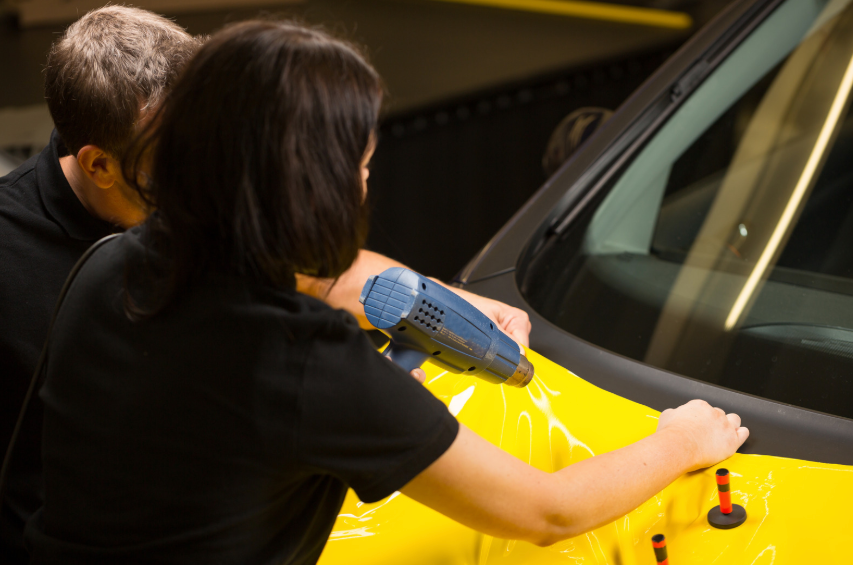
Proper care and maintenance will help extend the life of your heat gun nozzles and provide optimal performance. Follow these tips to keep your nozzles in good condition:
- Cleaning: After each use, allow the nozzle to cool completely before cleaning. Use a soft brush or cloth to remove any residue, such as adhesive or paint, from the nozzle. Avoid using harsh chemicals, which could damage the metal or affect its performance.
- Storage: Store your nozzles in a clean, dry place when not in use. To prevent them from being bent or damaged, keep them in a dedicated case or toolbox.
- Checking for Wear: Regularly inspect your nozzles for signs of wear, such as warping, cracks, or corrosion. If you notice any damage, it’s best to replace the nozzle to avoid potential safety risks or poor performance during your projects.
- Replacing Nozzles: Over time, nozzles may wear out or lose effectiveness, especially with frequent use. If a nozzle becomes loose, damaged, or doesn’t perform as expected, replace it with a new one to maintain the quality and safety of your heat gun tasks.
Choosing the right heat gun nozzle for your task can significantly impact the results you achieve. By selecting the appropriate nozzle, you can make sure of precision, safety, and efficiency in your projects.
Whether you're removing paint, bending pipes, or thawing frozen pipes, there’s a nozzle designed for the job. Remember to maintain and care for your nozzles to extend their lifespan and keep your heat gun in top working condition.
For more information on heat guns, visit our heat guns page. With the right tools and tips, your heat gun can handle a wide variety of tasks, making your projects easier and more successful.

